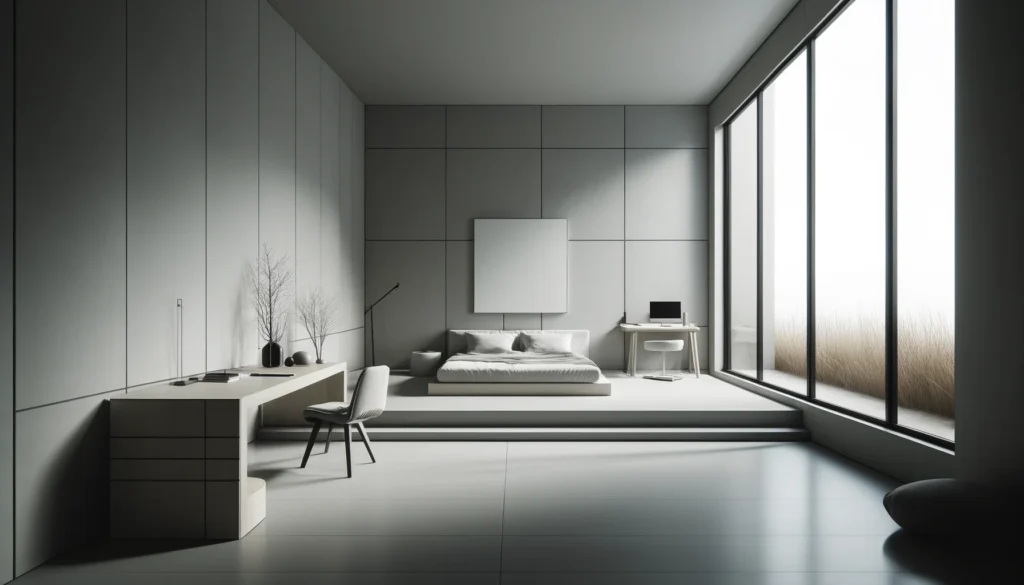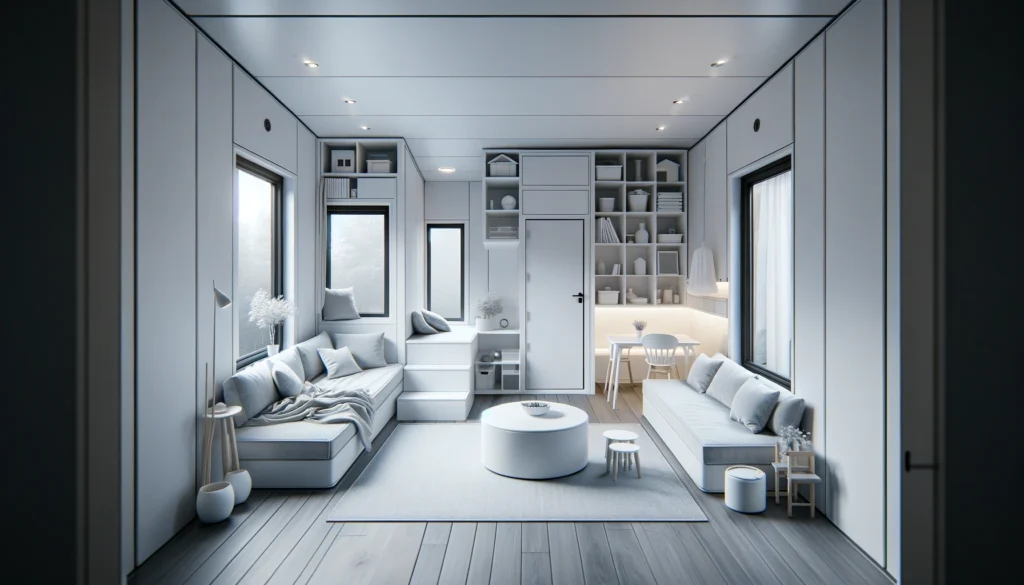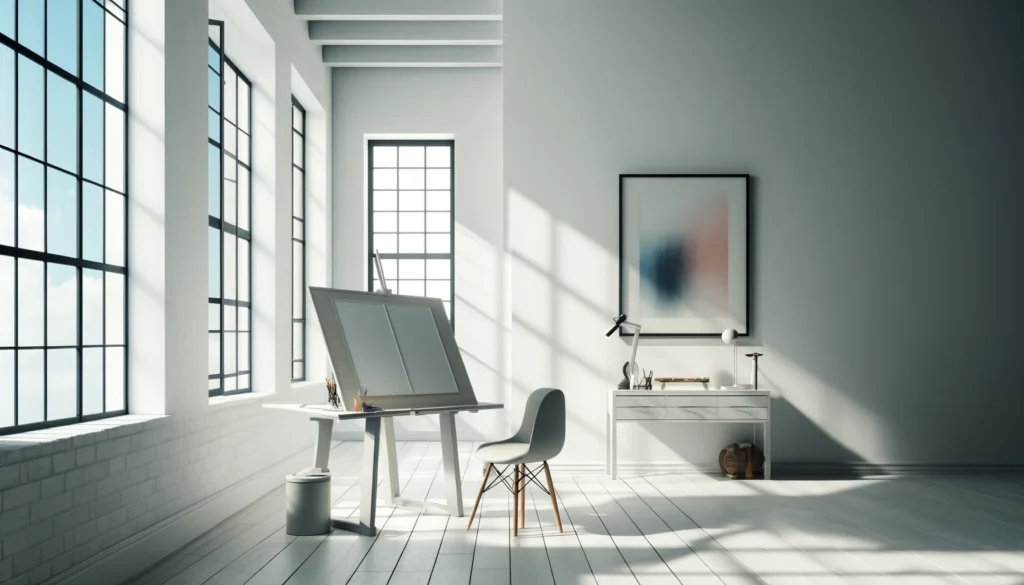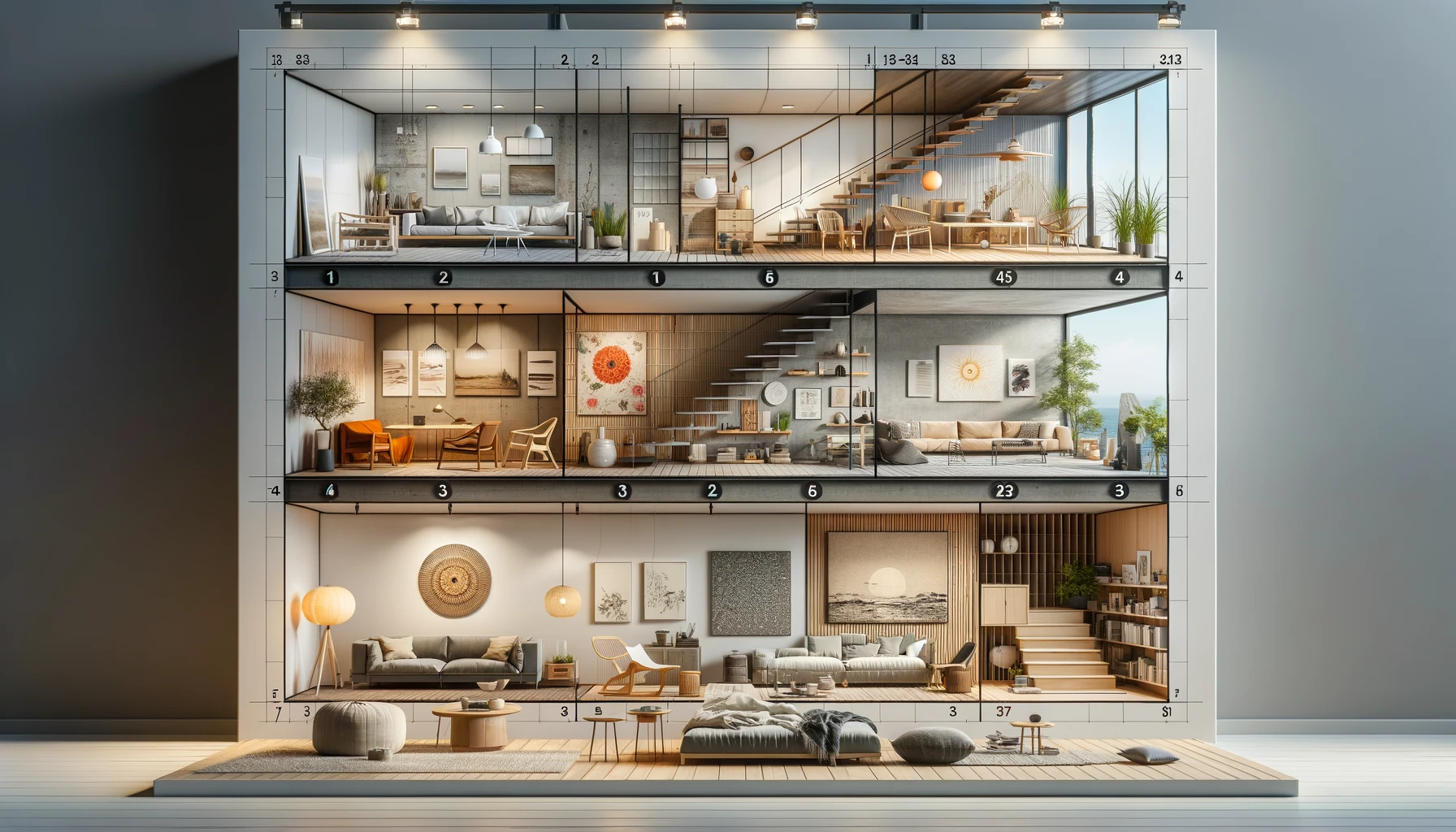Table of Contents
Introduction
More than just a style trend, minimalism is a way of life that can increase one’s sense of fulfillment and independence. This article examines several minimalist approaches, each suited to distinct tastes and ways of life. You can discover a minimalist look that aligns with your own values and aspirations by learning about the various varieties of this style.
Conventional Minimalism
The main goal of traditional minimalism is to have fewer belongings. This strategy focuses on:
- Decluttering: removing pointless belongings from your existence.
- Simplicity: Stressing the attractiveness of neat, uncluttered areas.
- Intentional Living: Selecting belongings and pursuits with consideration.
Influential minimalist, Marie Kondo, advocates for this approach with her famous question, “Does it spark joy?” If not, it might be time to let it go.
Minimalist Essentialism
The core principles of minimalist essentialism are those that are required for day-to-day functioning. This covers the tangible things we utilize on a daily basis as well as the things we do with our time and energy. When it comes to time, I usually choose which extra activities to take on, which allows me to concentrate more of my energy on the tasks that I believe are most important.
The goal of essentialist minimalism is to reduce everything to what is necessary. It asks you to:
- Give the things and experiences that matter most priority.
- Minimize all other distractions from these priorities.
In addition to emphasizing material possessions, this type of minimalism places a premium on personal objectives and relationships.

Environmental Minimalism
Eco-minimalism combines minimalist lifestyle with sustainability, emphasizing:
- Reducing Waste: Adopting habits that lessen your impact on the environment.
- Purchasing Ethically: Selecting fair-trade and environmentally friendly goods.
- Eco-Conscious Living: Making decisions based on how they will affect the environment.
This strategy cultivates a strong connection between you and the environment, which not only benefits the earth but also improves your well-being.
Digital Simplicity
Digital minimalism is crucial in today’s globalized society. It includes:
- Cutting back on screen time and electronic clutter.
- Making conscious use of technology to improve rather than lower quality of life.
Digital Minimalism by Cal Newport is an excellent resource for learning more about this strategy. It provides tactics to lessen digital distractions, like planned screen breaks and mindfulness exercises.

Minimalism in Tiny Living
An emerging trend that combines sustainable housing with minimalism is tiny living, often known as tiny house living. Advantages consist of:
- Lower Expenses: The acquisition and upkeep of smaller places are less expensive.
- Reduced Environmental Impact: Energy and resource use are frequently lower in tiny homes.
- Simplified Living: Cleaning and maintenance are made easier when there is less room for belongings.

Minimalism in Finance
The goal of financial minimalism is to make your finances simpler by:
- Budgeting: Monitoring earnings and outlays to enhance fiscal judgment.
- Saving: Creating a safety net to ward off debt and provide stability.
- Mindful Spending: Putting quality over quantity and making deliberate purchases.
Greater financial freedom and less stress related to money are possible outcomes of this strategy.
Mindful Simplicity
Intentional living and mindfulness are key components of mindful minimalism, which includes activities like:
- Gratitude: Consistently consider your blessings.
- Mindfulness Meditation: Methods for cultivating presence and awareness.
- Living in the Present: Giving the present moment your full attention and staying focused on it.
This minimalistic approach can lessen stress and enhance mental and emotional health.
Creative Simplicity
Design and the arts both exhibit artistic minimalism, which is defined by:
- Simplicity and Functionality: Designs and artwork that are functional without superfluous details.
- Clean Lines and Negative Space: Make an impact with less space by using it wisely.
Minimalism in art can be observed in
This website [tinyhousehomeland.com/accepting-compact-elegance-small-block-house-designs/] features modern home designs. and lifestyle goods that prioritize use and form above complexity.

Deciding On Your Own Minimalist Look
To find the kind of minimalism that works best for you, think about:
- Considering the values that are most significant to you.
- I tried out several minimalism techniques.
- Modifying and combining styles to suit your demands and way of life.
Start by looking for cheap tiny house listings for contemporary living. or taking a look at digital minimalism for organizing advice.
Conclusions
Every kind of minimalism has its own advantages and perspectives. There is a minimalist style that can work for you, regardless of whether you are drawn to the intentionality of essentialist minimalism, the simplicity of classic minimalism, or the sustainability focus of eco-minimalism. Accept the process of discovering your personal minimalist look and investigate the significant effects it may have on your life.

